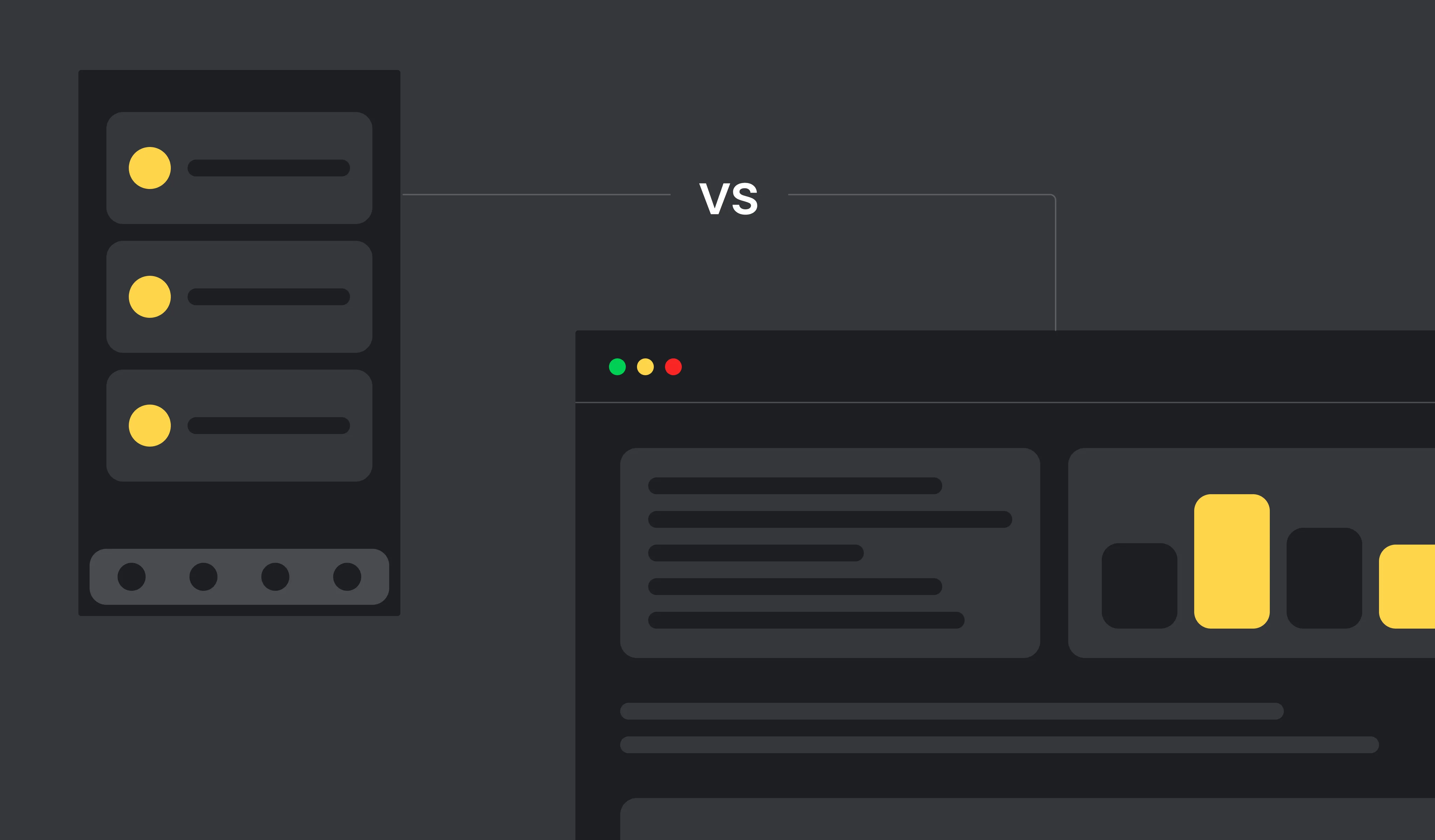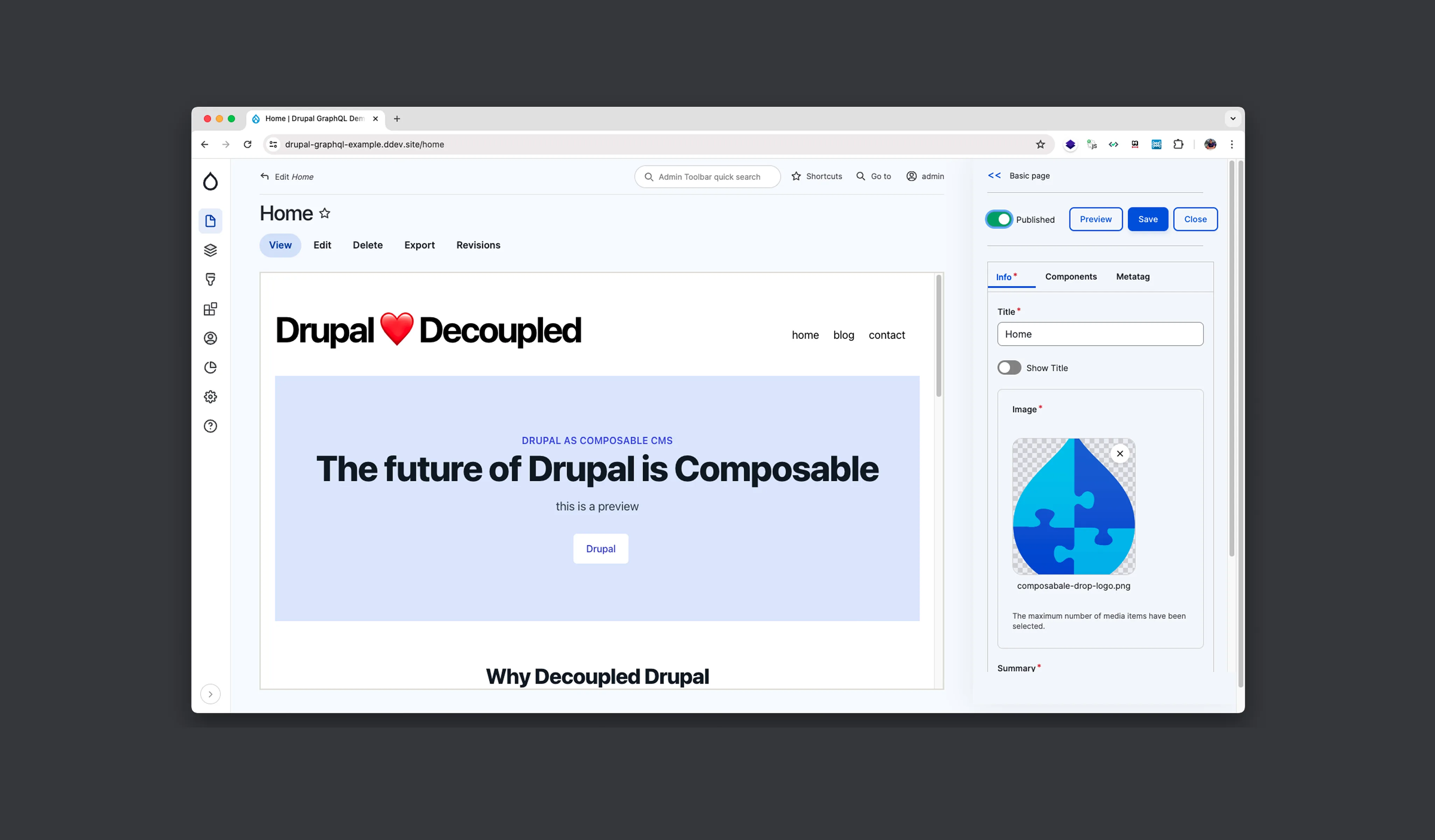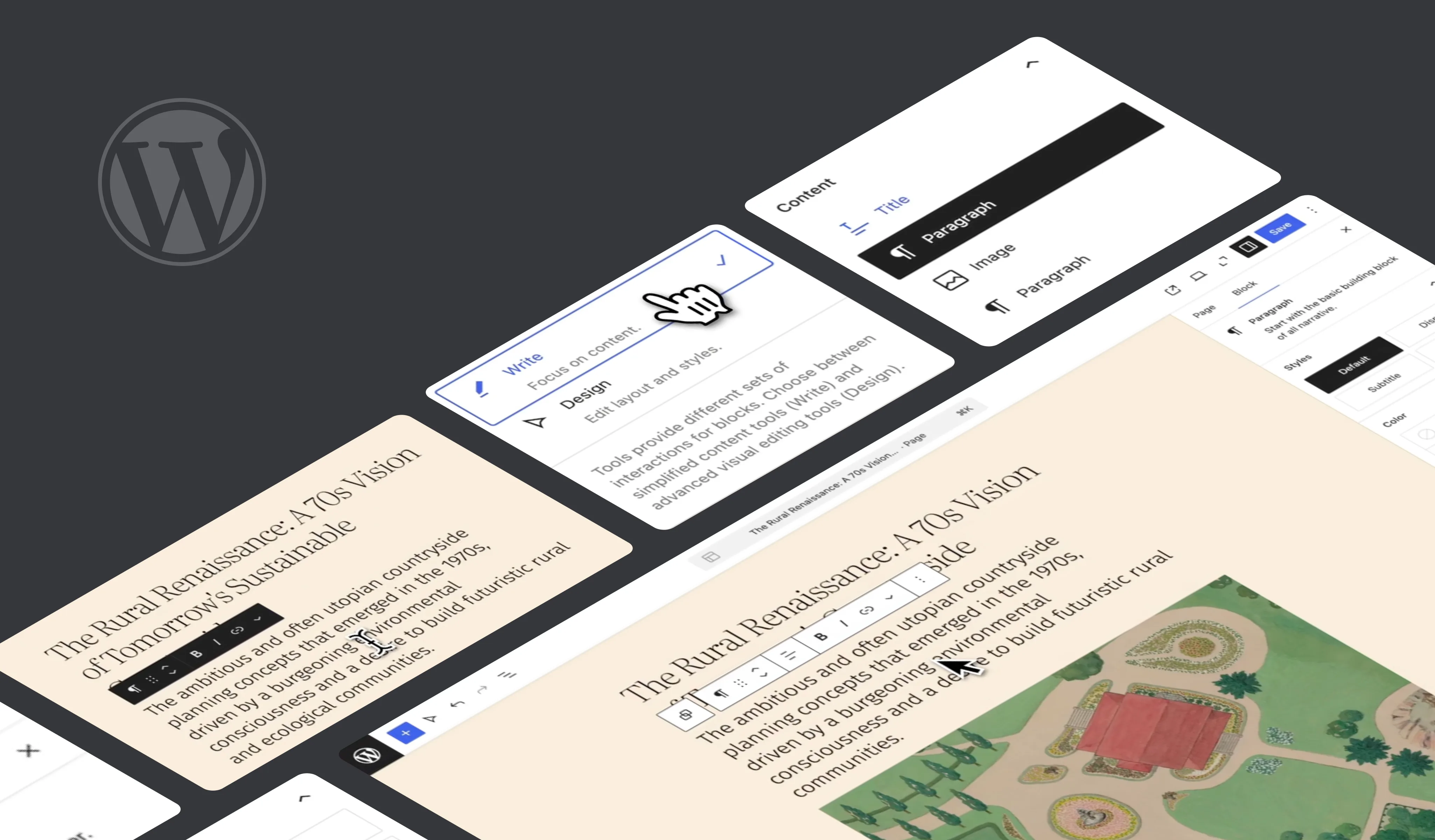Every university wants to engage students better, but the “how” is getting trickier. Students now juggle more platforms than ever. They expect everything – class updates, grades, event info, and communication – to be instant and mobile. IT teams, meanwhile, need systems that are secure, scalable, and integrated with existing CRMs and LMSs. So which format delivers more engagement: a dedicated mobile app or a centralized web portal?
The debate isn’t new, but it’s evolving fast. Let’s unpack the trade-offs and see where each shines and where a hybrid might be the smarter move.
Understanding the difference
Before comparing, it’s worth clarifying what we mean by each.
A web portal is a browser-based platform accessed through a secure login. It usually aggregates academic tools, grades, payments, schedules, and messaging under one dashboard. Think of it as the student’s administrative hub – stable, structured, and always online.
A mobile app, on the other hand, is a downloadable application built specifically for iOS or Android. It can use native device features – notifications, camera, GPS, and offline caching – to provide faster, more interactive experiences.
In many institutions, these systems coexist. The key difference is how students reach them and what they expect once they’re inside.

Student behavior in 2025
Students today are firmly mobile-first. Research shows more than 90% of Gen Z users access online content primarily through smartphones.
That doesn’t automatically make mobile apps superior – it just means attention has shifted to small screens and fast interactions. Students want:
- Speed: load times under two seconds.
- Personalization: dashboards that show what matters most to them.
- Accessibility: tools that adapt to different needs, languages, and devices.
Accessibility plays a critical role in this decision.
Web portals tend to have better support for assistive technologies like screen readers and browser plugins. They’re easier to standardize for WCAG 2.1 compliance.
Mobile apps, meanwhile, can leverage device-level accessibility settings (voice commands, magnification, color contrast) and even work offline – critical for students with unstable internet connections.
In short: mobile apps meet students where they already are, while web portals meet them where universities operate.
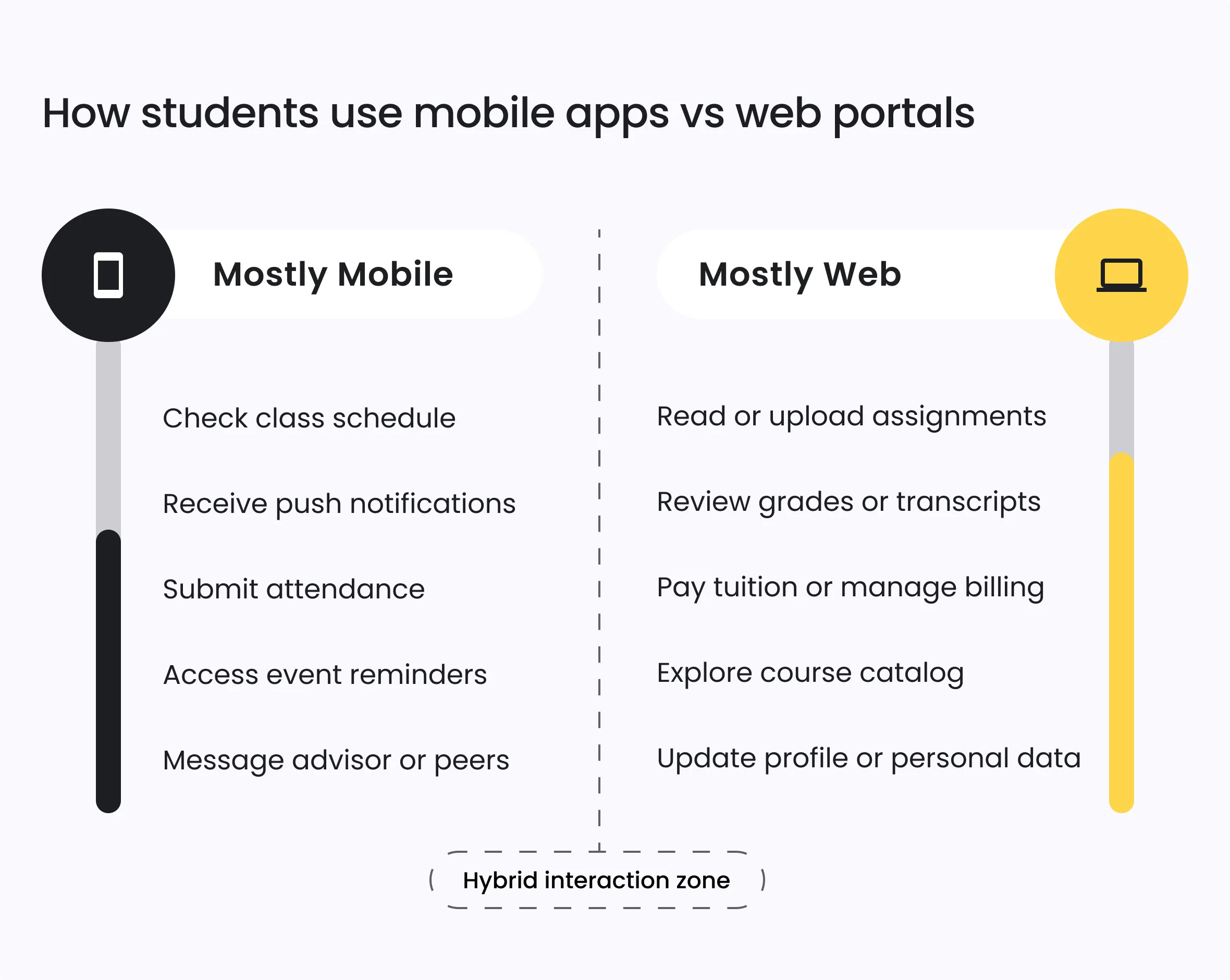
Comparing features & functionality
Once you understand how students use each platform, the next question is what each one can actually do and how those features impact engagement, maintenance, and long-term value.
Mobile apps excel at immediacy. They deliver personalized, real-time touchpoints that bring students back again and again.
Web portals, meanwhile, thrive on stability and accessibility, centralizing information, reducing friction for updates, and maintaining consistency across devices.
Here’s how they compare.
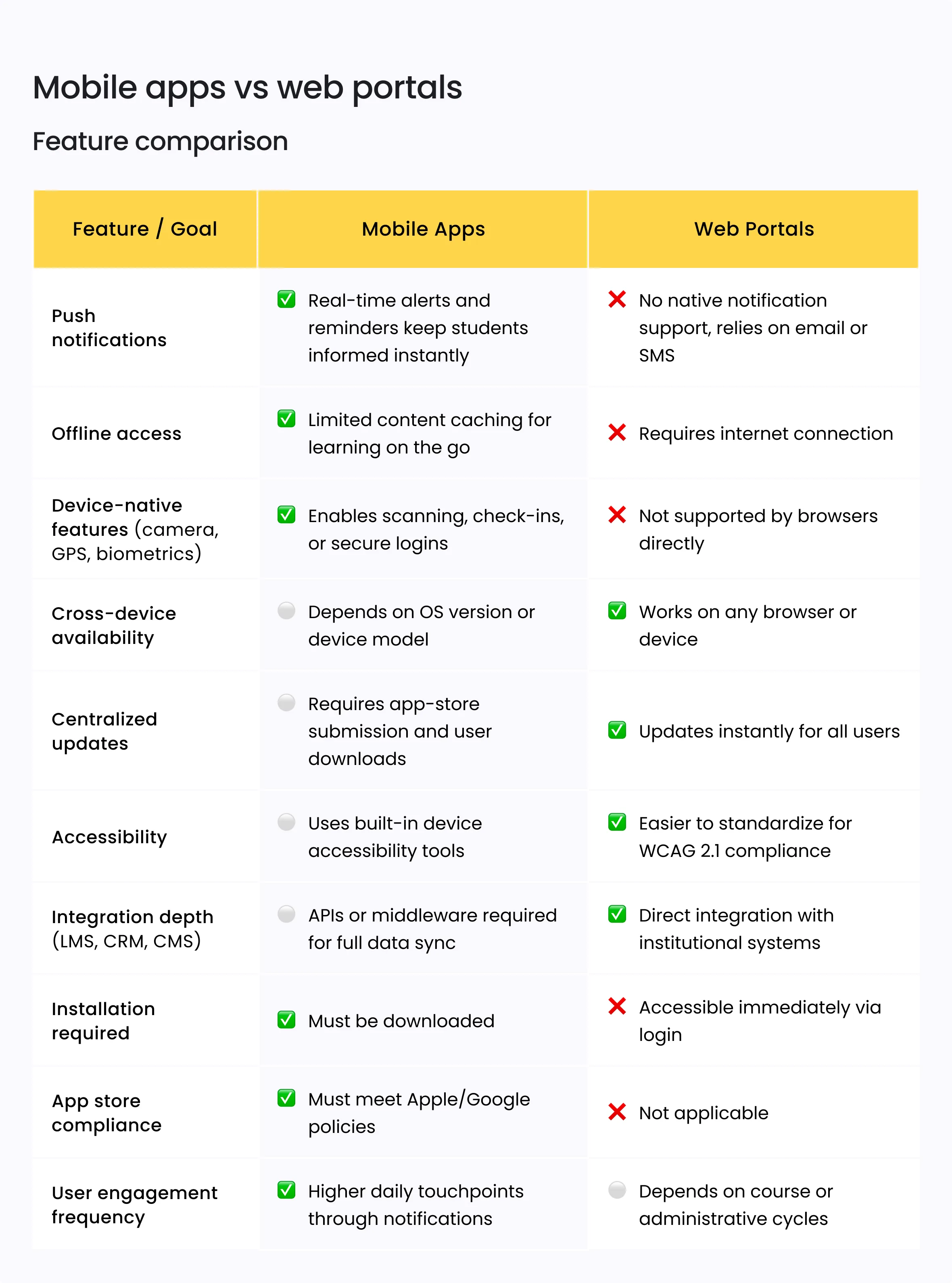
Interpretation: Mobile apps shine in immediacy and convenience. Students can receive a push notification about a class change, open the app, and confirm attendance in seconds.
Web portals, by contrast, are unbeatable for consistency and governance. Updates are centralized; IT doesn’t have to manage OS fragmentation or push updates through multiple stores.
Engagement isn’t about which list has more checkmarks – it’s about which experience removes the most friction for your students.
Maintenance & cost implications
Choosing between a mobile app and a web portal isn’t just about user experience – it’s also about how each fits into an institution’s long-term technical and financial reality.
Mobile apps typically involve higher upfront and ongoing costs. Each platform (iOS and Android) requires its own build, regular updates to match new operating system releases, and compliance with app store policies. Even small updates – like content layout tweaks or accessibility adjustments – must go through review and re-deployment. Device fragmentation adds another layer of complexity: what works perfectly on one smartphone model might not behave the same on another.
Web portals, by contrast, are easier to maintain centrally. A single update can go live for all users instantly, without app store delays. They also integrate more naturally with institutional systems like CRMs, LMSs, or CMSs, reducing the need for duplicate development. However, they rely on constant internet connectivity and browser compatibility testing, which can still require ongoing attention from IT teams.
When it comes to budgeting, universities increasingly look at total cost of ownership (TCO) rather than just build price. That includes:
- Staff time for updates and testing
- Ongoing accessibility compliance
- Data security monitoring
- Integration and API maintenance
In many cases, the most sustainable model is hybrid – using a web portal as the stable core and a mobile app for frequent, high-impact interactions. That approach minimizes redundant infrastructure while giving students the fast, personalized touchpoints they expect.
When each platform works best
The best engagement tools don’t replace one another – they complement each other. Each format serves a distinct purpose in a student’s daily experience, and understanding that difference helps teams decide where to focus effort and budget.
When mobile apps shine
Mobile apps excel when immediacy and personalization matter most. They’re ideal for:
- Real-time communication: Push notifications for class changes, campus alerts, or deadline reminders.
- Short, repetitive actions: Checking attendance, scanning into facilities, or submitting quick forms.
- On-the-go navigation: Campus maps, event check-ins, and wayfinding.
- Personalized journeys: In-app recommendations, reminders, and engagement streaks that keep students connected.
Because apps live on the student’s home screen, they support habitual engagement — something web portals rarely achieve on their own.
Where web portals excel
Web portals provide the foundation for consistency and governance. They’re best suited for:
- Structured workflows: Course enrollment, payment processing, and transcript requests.
- Information depth: Accessing detailed syllabi, grade reports, or long-form learning materials.
- Administrative collaboration: Shared access for students, advisors, and staff under a unified system.
- Compliance and record-keeping: Secure authentication, data archiving, and accessibility management.
Portals remain the most efficient way to manage complex, form-based, or multi-step processes – the kind that benefit from a full keyboard and larger screen.
The hybrid model in action
Most modern campuses now adopt a hybrid model:
- The web portal acts as the single source of truth for content and data.
- The mobile app acts as the engagement layer that simplifies access and drives daily interactions.
A connected ecosystem ensures students can start a task on one device and finish it on another – without losing progress or context. The technology fades into the background, and the experience simply works.
Choosing the right path
When it comes to student engagement, it’s not “mobile vs web.” It’s about context. If your students primarily interact through short bursts – checking schedules, chatting with peers, or navigating campus – a mobile app might deliver higher engagement.
If your priority is to streamline information management, maintain accessibility, and reduce maintenance load, a web portal may be the smarter investment.
For most institutions, the future is both – a connected ecosystem that gives students options while keeping data unified.
Before committing to a new platform, consider conducting a digital engagement audit:
- How many systems do students use daily?
- Where do drop-offs occur in their journey?
- Which actions need immediacy, and which need structure?
Mapping this helps you decide which platform deserves more focus – or how to integrate both for a consistent experience.
At Five Jars, our team works with universities and nonprofits to design digital ecosystems that meet students where they are – online, on campus, and everywhere in between.
If you’re rethinking your engagement tools, let’s talk about how mobile and web can work better together.
